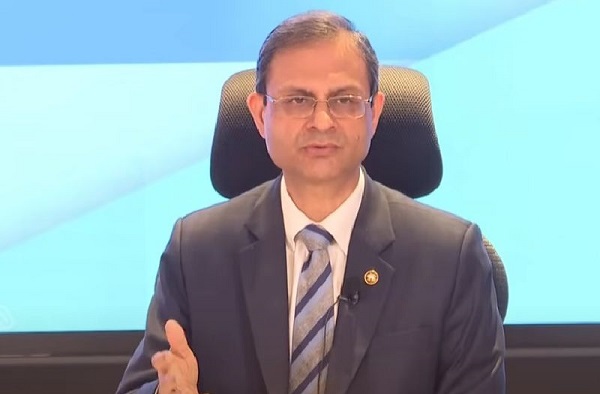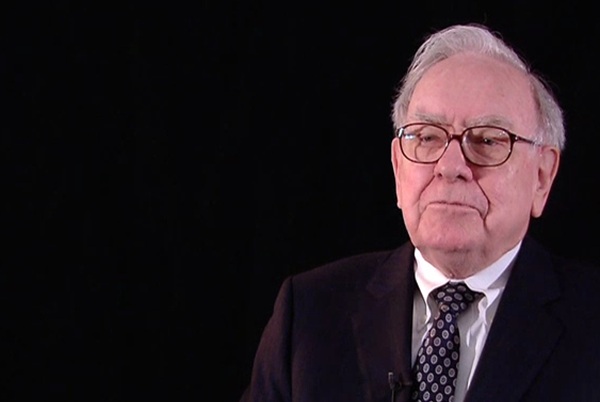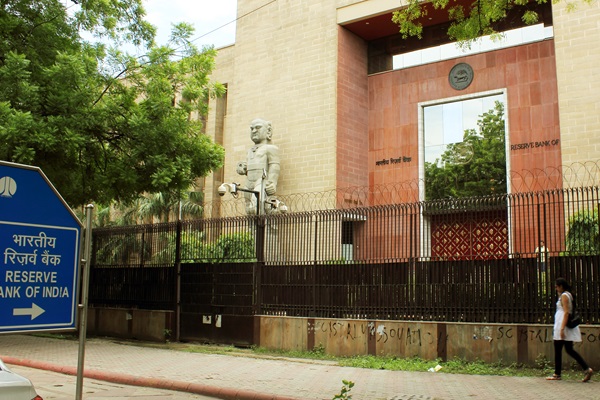.png)
October 15, 2025 at 2:32 PM IST
The Reserve Bank of India’s October Monetary Policy Committee minutes reveal a cautious yet unmistakable shift in tone. While all six members voted unanimously to keep the repo rate steady at 5.50%, a growing number now see room for further easing within the current cycle. Yet, the committee remains wary of sending premature signals that could trigger aggressive market repricing.
At the core of the debate lies a delicate trade-off between signaling readiness and preserving flexibility. With headline inflation revised sharply lower to 2.6% for 2025-26, and growth expected to moderate slightly after a strong start, most members acknowledged that monetary space has widened.
Deliberate Caution
External uncertainties and the need for policy sequencing dominated the discussion. Governor Sanjay Malhotra underscored that though inflation and core prices have eased, the impact of earlier fiscal and monetary actions, including the GST rate rationalisation and past 100 bps of repo cuts, is still unfolding. Cutting rates now, he argued, “will not have the desirable impact.” His emphasis was on avoiding any stance change that markets might read as forward guidance on imminent cuts.
Deputy Governor Poonam Gupta and Executive Director Indranil Bhattacharyya echoed this. Gupta cautioned that with fiscal measures such as GST reforms and tax reliefs still permeating through the system, “depleting policy ammunition” too soon would be unwise. Bhattacharyya stressed that a neutral stance does not preclude future rate cuts, but shifting to accommodative now could be misinterpreted as a one-way commitment, triggering market speculation.
Both officials signalled that while policy space exists, credibility and flexibility remain paramount. They favoured patience until the transmission of past rate cuts and government measures are fully realised.
Accommodative Tilt
Yet, two external members, Nagesh Kumar and Ram Singh, advocated for a shift to an accommodative stance, even while supporting a pause in rates. Their reasoning: with inflation anchored far below target and global uncertainties weighing on exports, monetary policy must be ready to support growth. Kumar highlighted that the benign inflation outlook “opens up policy space,” even if the December meeting may be better timed for a cut. Singh went further, calling the current inflation “too low to be conducive for business or public finances” and noting that an accommodative stance could reinforce demand expectations without immediate action.
Their view is tactical: signal readiness without rushing into a rate cut. Singh argued that changing the stance now would lower bond yields and improve funding conditions for corporates, yet still allow the RBI to pause if external risks worsen. The logic is to keep monetary expectations constructive but contained.
Strategic Pause
The October pause was, therefore, less a retreat than a recalibration. The minutes shows that the December meeting remains live, contingent on how fiscal stimulus and external shocks evolve. The inflation battle appears won for now with CPI at near 2% and core inflation stable, but the committee wants clarity on the persistence of disinflation and the growth effects of GST reforms before acting again.
Malhotra’s statement summed up the prevailing approach: policy has space to support growth, but this is not “the opportune time.” The RBI aims to preserve optionality, a message to markets that easing remains possible, but not promised.
In essence, the October MPC minutes reveal a central bank that is patient but preparing. Most members now see further easing as plausible, though they are determined to let recent fiscal and monetary impulses filter through before taking the next step. The risk of over-communication--triggering premature bets on rate cuts--looms large.
The message is clear: the easing cycle is alive, but the RBI will move only once it’s sure the groundwork laid by GST reforms, fiscal measures, and past cuts has taken full effect. December could mark that inflection, if data and transmission align




